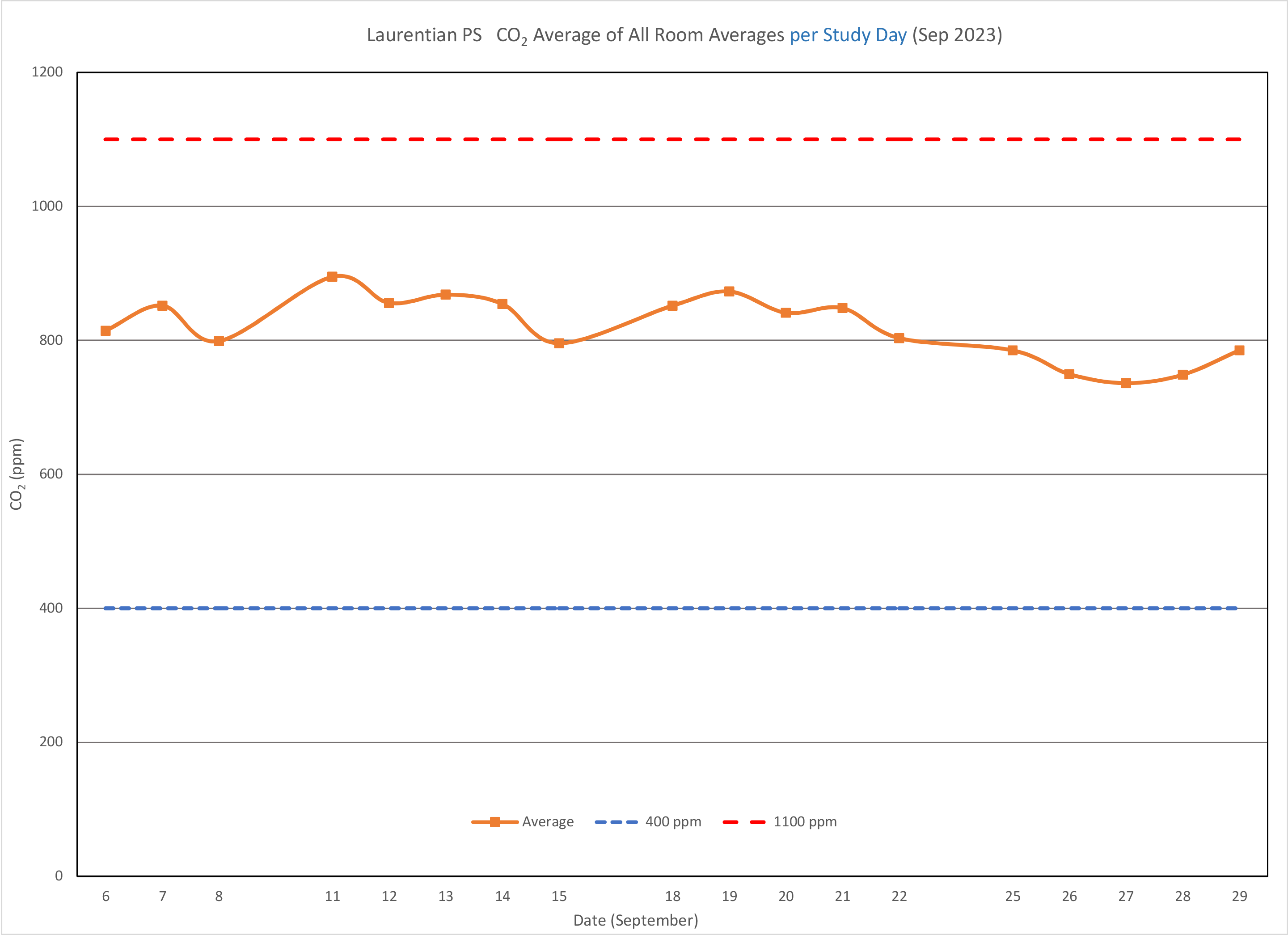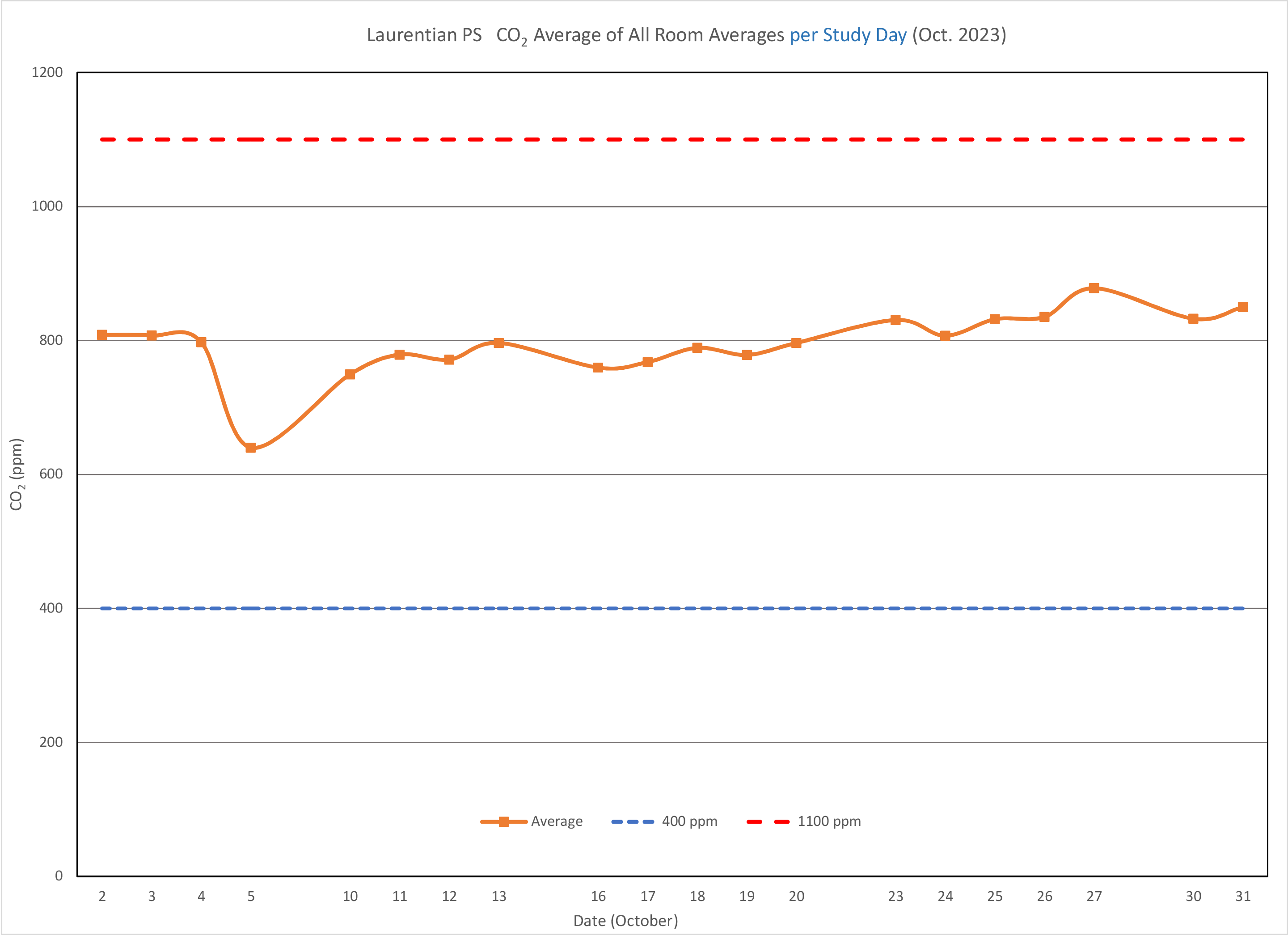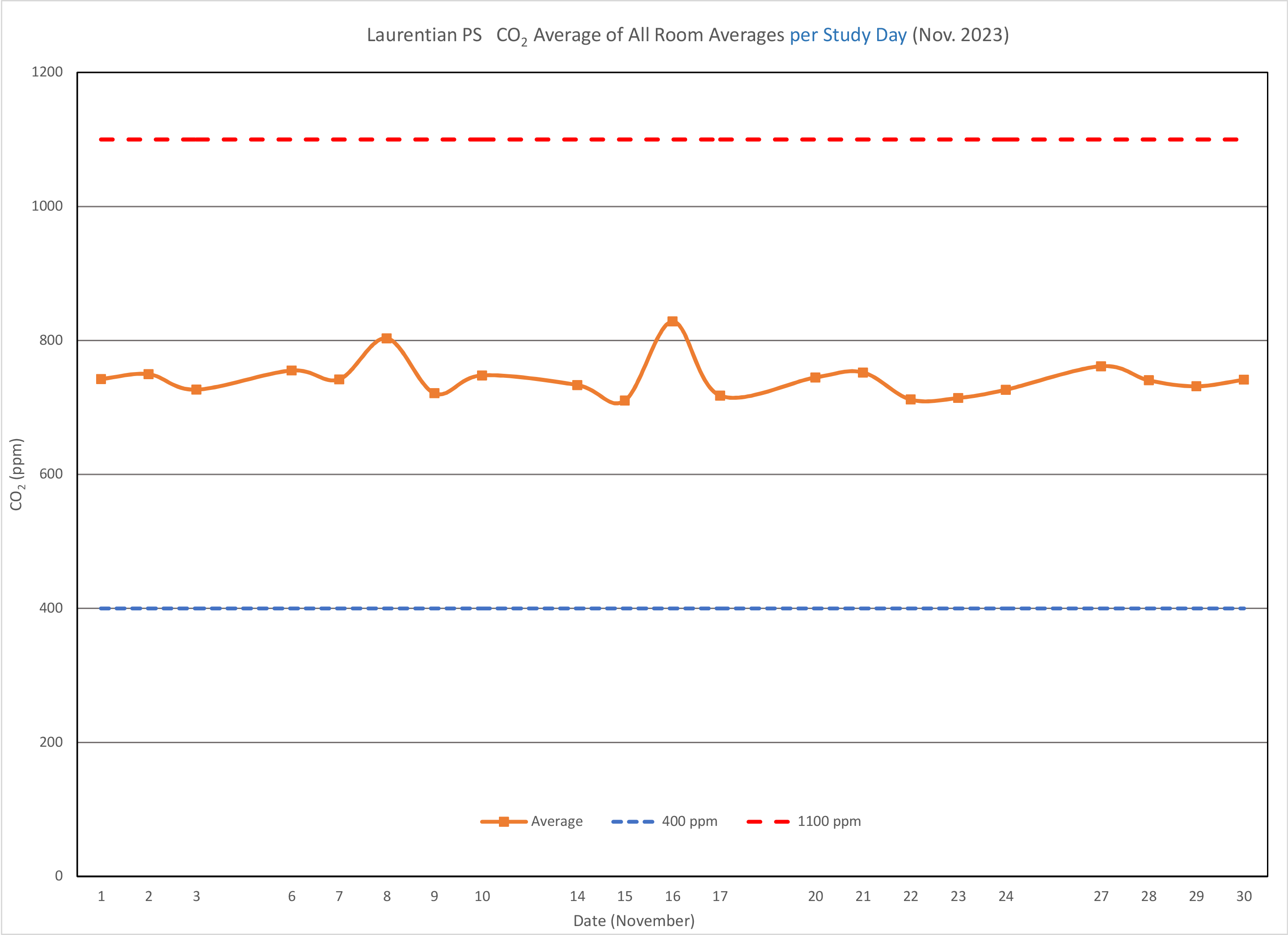
View a translated version of this page:
We are committed to ensuring Laurentian Public School is safe for students and staff.
Ventilation in WRDSB Schools
WRDSB Facilities Services continues to maximize the amount of fresh air provided to classroom and similar teaching spaces, alongside a range of strategies with the goal of reducing the spread of illness. This work was completed in partnership with the Ministry of Education and utilizing available provincial, federal and Board of Trustees approved funding.
Quick WRDSB Ventilation Facts
- 991 standalone HEPA filter units deployed
- 105 ventilation projects completed since 2020
- 24 ventilation projects in progress/planned for this school year
- $55.4 million spent on ventilation projects since 2020
- All HVAC systems upgraded to MERV 13 or highest-grade filters possible and changed five times a year
- HVAC systems operated at least 2 hours before and after regular school hours
- Air flow and fresh air intake is maximized in all HVAC systems
Glossary of Ventilation Terminology
Carbon Dioxide (CO2)
Carbon dioxide is the fourth most abundant gas in the earth’s atmosphere. CO2 is a byproduct of normal cell function when it is breathed out of the body. It is also formed during combustion, decomposition of organic substances, and the reaction of acids with carbonates.
Parts Per Million (ppm)
Parts per million (ppm) is a way of expressing very dilute concentrations of substances. Just as per cent means out of a hundred, parts per million means out of a million.
Heating, Ventilation, and Air Conditioning (HVAC)
Heating, ventilation, and air conditioning (HVAC) is the use of various technologies to control the temperature, humidity, and purity of the air in an enclosed space.
Minimum Efficiency Reporting Value (MERV) Filter
MERV stands for Minimum Efficiency Reporting Value. In short, a MERV rating lets you know what air particle size an air filter will trap. A higher rating means that the filter can trap smaller air particles.
High Efficiency Particulate Air (HEPA) Filter
A High Efficiency Particulate Air (HEPA) filter is a type of pleated mechanical air filter. This type of air filter can theoretically remove at least 99.97% of dust, pollen, mold, bacteria, and any airborne particles with a size of 0.3 microns (µm).
Learn more about Ventilation in the WRDSB
Want to learn more about the school-specific ventilation improvement measures taken? You can find them on the WRDSB website:
Carbon Dioxide (CO2) Data for Laurentian Public School
As the result of a Trustee Motion, the WRDSB recently undertook a Carbon Dioxide (CO2) Monitoring Pilot Project, which included Laurentian PS.
The Trustee motion stated:
“That Trustees direct staff to investigate the feasibility and effectiveness of placing CO2 monitors in a minimum of three schools, as a pilot project, to determine their usefulness at measuring and logging air quality, including CO2 and clean air delivery rate (CADR) in occupied rooms; and That the report includes a full costing of implementing this pilot.”
Carbon Dioxide (CO2) Monitoring at Laurentian PS
At our school, 22 sensors were placed throughout the school, collecting data in classrooms and similar teaching spaces. Data is collected for each school day, when staff and students are in the building. This does not include weekends. The graph below shows the average CO2 levels each day throughout the month, measured in parts per million (ppm).
The graph also displays:
- A blue line to represent the 400 ppm baseline
- CO2 is present in ambient air at approximately this level
- A red line to indicate the 1100 ppm target average
September 2023

October 2023

November 2023

About Carbon Dioxide (CO2)
- CO2 is present in the air around us. As humans breathe, they absorb oxygen and expel CO2.
- CO2 levels are commonly used as an indicator of when an occupied space requires increased ventilation.
- CO2 is a gas and cannot be filtered out of the air using MERV 13 or HEPA filtration.
Learn more about Carbon Dioxide (CO2) on the Health Canada website.
Questions?
Please contact the school directly for more information.
